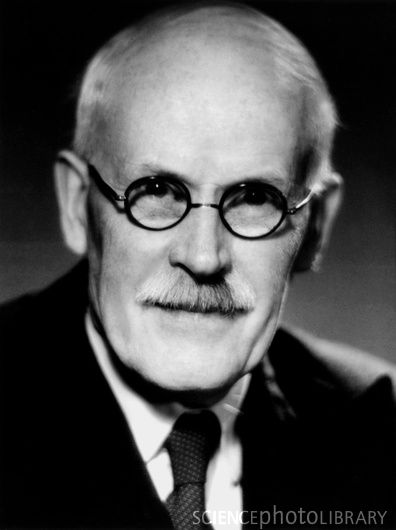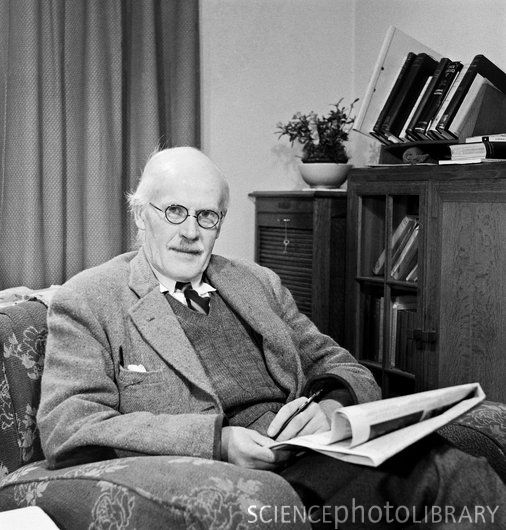<Back to Index>
- Geodesist John Fillmore Hayford, 1868
- Statistician, Geophysicist and Astronomer Harold Jeffreys, 1891
PAGE SPONSOR
John Fillmore Hayford (May 19, 1868 – March 10, 1925) was an eminent United States geodesist.
His work involved the study of isostasy and the construction of a reference ellipsoid for approximating the figure of the Earth.
The crater Hayford on the far side of the Moon is named after him. Mount Hayford, a 1,871 m mountain peak near Metlakatla, Alaska, United States, is named after him.
A biography of Hayford may be found in the Biographical Memoirs of the National Academy of Sciences, 16 (5), 1935.


Sir Harold Jeffreys, FRS (22 April 1891 – 18 March 1989) was a mathematician, statistician, geophysicist and astronomer. His seminal book Theory of Probability, which first appeared in 1939, played an important role in the revival of the Bayesian view of probability.
Jeffreys was born in Fatfield, Washington, County Durham, England. He studied at Armstrong College in Newcastle upon Tyne, then part of the University of Durham, and with the University of London External Programme. He then went to St John's College, Cambridge, and became a fellow in 1914. At Cambridge University he taught mathematics, then geophysics and finally became the Plumian Professor of Astronomy.
He married another mathematician and physicist, Bertha Swirles (1903 – 1999), in 1940 and together they wrote Methods of Mathematical Physics.
One of his major contributions was on the Bayesian approach to probability, as well as the idea that the Earth's planetary core was liquid. He was knighted in 1953.
By 1924 Jeffreys had developed a general method of approximating solutions to linear, second order differential equations, including the Schrödinger equation. Although the Schrödinger equation was developed two years later, Wentzel, Kramers and Brillouin were apparently unaware of this earlier work, so Jeffreys is often neglected credit for the WKB approximation.
Jeffreys received the Gold Medal of the Royal Astronomical Society in 1937, the Royal Society's Copley Medal in 1960, and the Royal Statistical Society's Guy Medal in Gold in 1962. In 1948, Jeffreys received the Prix Charles Lagrange from the Académie royale des Sciences, des Lettres et des Beaux Arts de Belgique.
From 1939 to 1952 he was established as Director of the International Seismological Summary further known as International Seismological Centre.
The influential textbook Probability Theory: The Logic of Science, written by the physicist and probability theorist E.T. Jaynes, is dedicated to Jeffreys. The dedication reads, "Dedicated to the memory of Sir Harold Jeffreys, who saw the truth and preserved it."
Jeffreys was a strong opponent of continental drift. For him, continental drift was "out of the question" because no force even remotely strong enough to move the continents across the Earth's surface was evident.